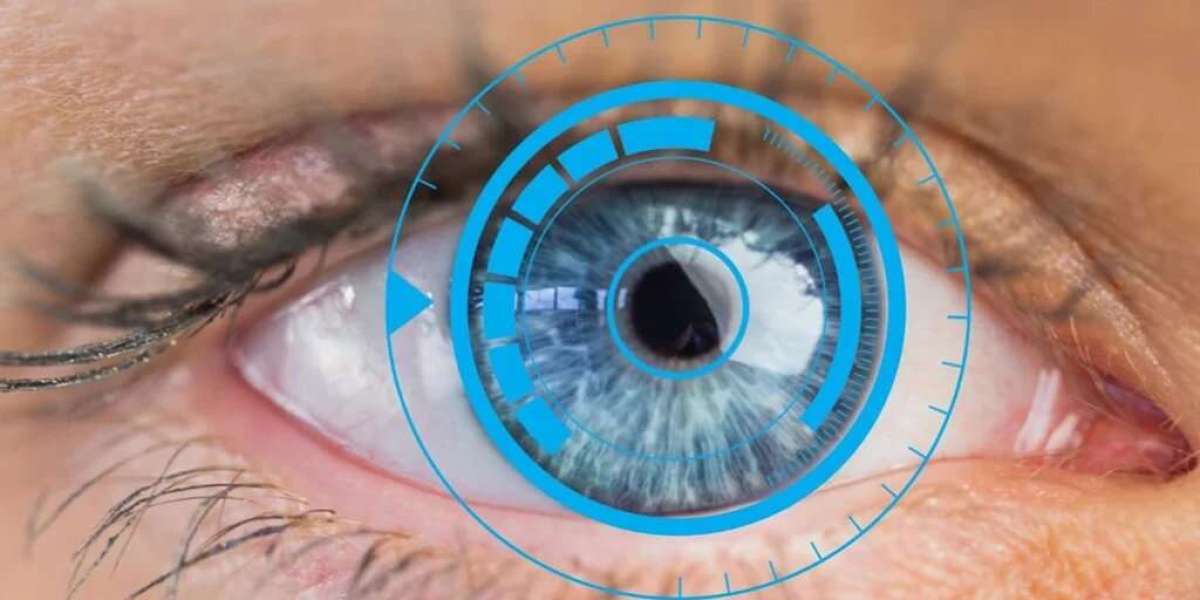For many, a squint—commonly known as strabismus—is more than just a cosmetic issue. It can affect vision, depth perception, and even confidence. Spotting the signs early and knowing when to seek professional advice can make a lasting difference, especially for children. Left untreated, a squint can lead to vision problems that persist into adulthood. Understanding when squint surgery may be necessary is the first step toward healthier eyesight.
What Is Squint and Why Does It Matter?
A squint occurs when the eyes do not align properly. One eye may turn inward, outward, upward, or downward, while the other focuses correctly.
This misalignment can lead to double vision, poor depth perception, or even vision loss in the misaligned eye if not corrected in time.
While glasses or eye exercises may help in some cases, surgery might be the best solution for persistent or severe squints.
Common Signs That You Might Need Squint Surgery
Recognizing the symptoms early allows for better outcomes. Look out for these signs in yourself or a loved one:
- One eye consistently turns in a different direction
- Complaints of double vision or eyestrain
- Frequent tilting of the head to use one eye more than the other
- Unusual clumsiness or bumping into things
- Worsening vision in one eye despite corrective lenses
Children may not always verbalize vision issues. Watch for signs like eye rubbing, closing one eye to focus, or disinterest in reading and other close-up tasks.
When Is Squint Surgery Recommended?
Squint surgery is often considered when non-surgical treatments like glasses, vision therapy, or prism lenses fail to align the eyes effectively.
It is also recommended if the squint is worsening over time or is causing functional vision problems.
For children, early surgery may be advised to prevent amblyopia (lazy eye) and to encourage proper visual development.
How Squint Affects Daily Life
Living with a squint can be challenging, even beyond vision concerns. It may affect self-esteem, especially in children who become conscious of their appearance.
Adults may experience social discomfort, difficulty driving, or reading, and even job-related limitations due to impaired depth perception.
Correcting the squint not only improves the eye’s alignment but also enhances confidence and quality of life.
The Squint Surgery Process
Squint surgery involves adjusting the eye muscles to align the eyes properly. It’s a delicate procedure, typically performed under general anesthesia.
Post-operative care is essential. Most patients recover quickly, with minimal discomfort and noticeable improvement in eye alignment within days.
Sometimes, additional surgery or vision therapy may be needed to fine-tune the results or improve binocular vision.
Importance of Timely Consultation
Delaying treatment can lead to complications, especially in children. The brain may start ignoring input from the misaligned eye, weakening vision permanently.
Adults with longstanding squints may also experience worsening double vision or eye fatigue.
Consulting an eye specialist at the first signs ensures timely intervention and the best possible outcomes.
Who Performs Squint Surgery?
Squint surgeries should be performed by an experienced ophthalmologist, ideally in a super speciality eye hospital equipped with the latest diagnostic tools.
These professionals are trained in pediatric and adult squint correction, ensuring both safety and precision in treatment.
While searching for specialists, you may come across the term Best Cataract Surgeon—these experts often have a wider surgical skill set, including squint correction and other complex procedures.
Choosing the Right Eye Hospital
Finding the right hospital is crucial. Look for centers that offer:
- A team of dedicated paediatric and adult ophthalmologists
- Advanced diagnostic imaging and surgical technology
- Proven track record in handling complex eye conditions
- A patient-first approach with personalized treatment plans
An environment that prioritizes patient care, safety, and holistic recovery makes a real difference in the outcome and experience.
Benefits of Squint Surgery
The physical alignment is just the beginning. Patients often experience:
- Improved vision in the affected eye
- Relief from double vision and eye strain
- Better depth perception and hand-eye coordination
- Enhanced appearance and social confidence
Children regain better control over their visual development. Adults often find it easier to resume daily activities and reconnect with their lives without hesitation.
Prevention and Ongoing Eye Care
While not all squints can be prevented, regular eye checkups—especially for children—can help detect problems early.
Parents should schedule their child’s first eye exam by age three, or earlier if they notice any signs of squint or unusual eye behavior.
Maintaining follow-ups after squint surgery is important to monitor eye health and address any visual issues promptly.
Conclusion
When it comes to eye alignment and vision health, early action is essential. Squint surgery can be a transformative procedure—improving sight, confidence, and overall well-being. If you or your child are experiencing symptoms of squint, it’s important to consult a trusted expert.
Maxi Vision Eye Hospital, a super speciality eye hospital, brings together skilled ophthalmologists, advanced technology, and compassionate care to guide you through every step of your eye health journey. Your vision deserves nothing less.



